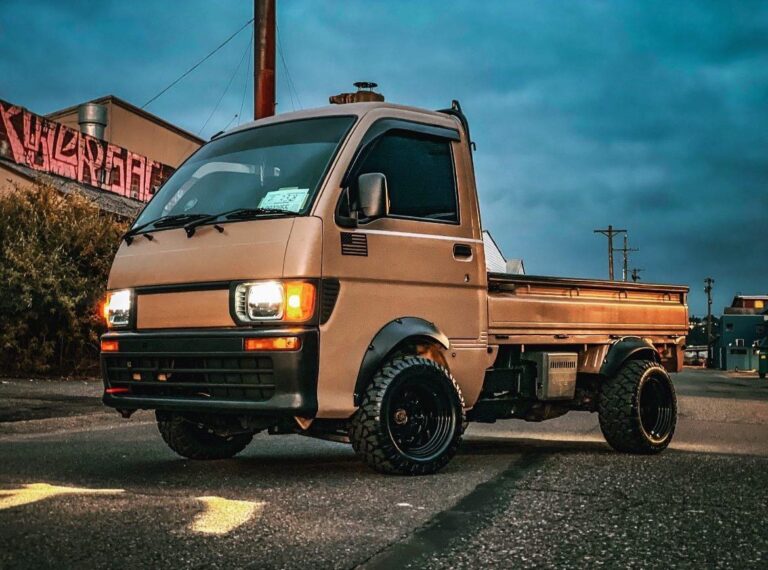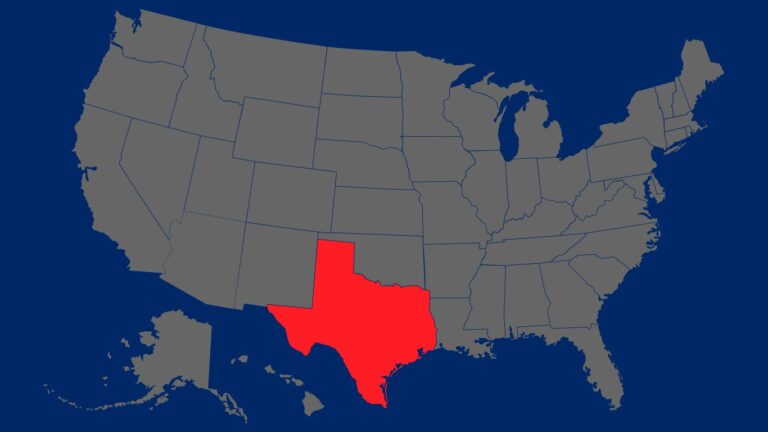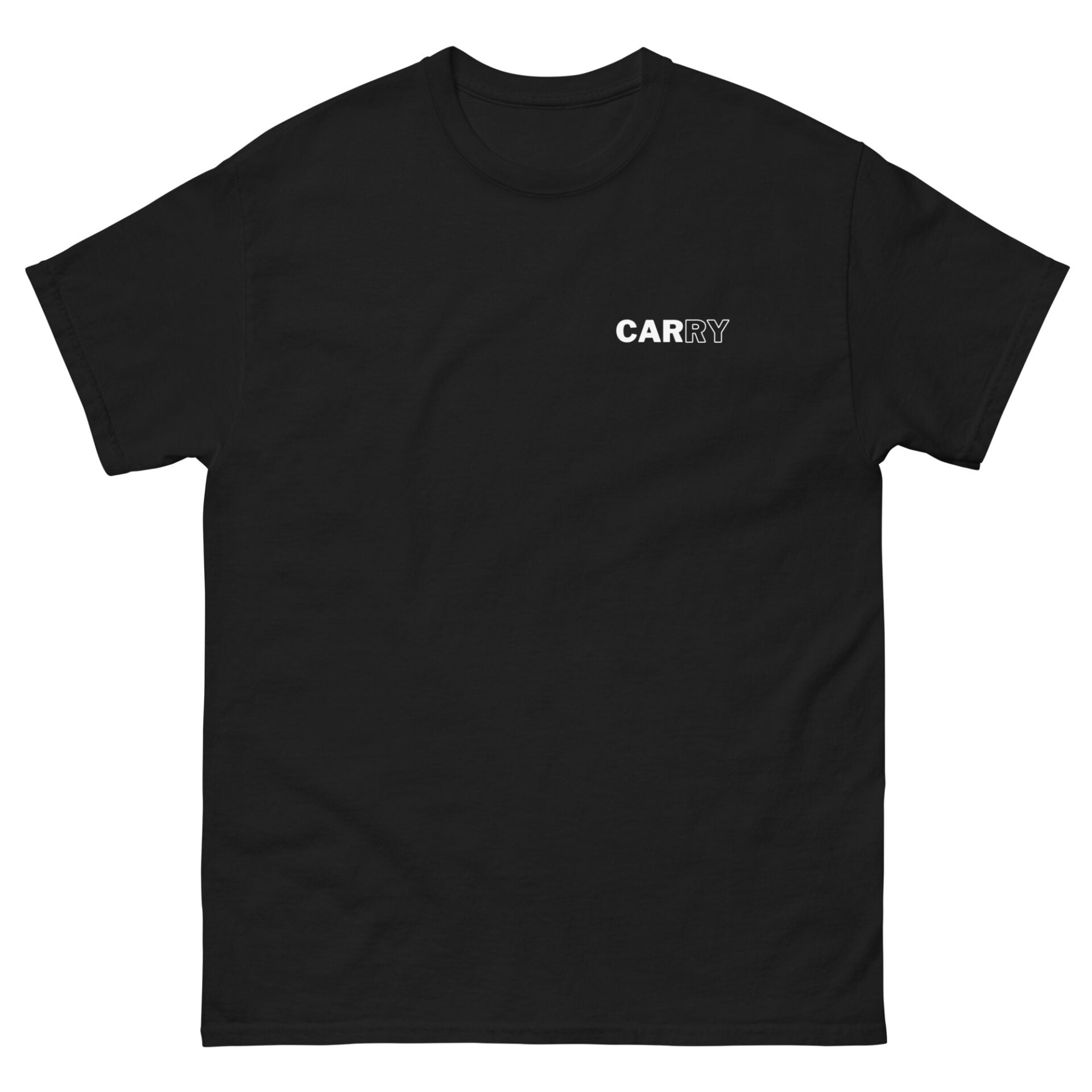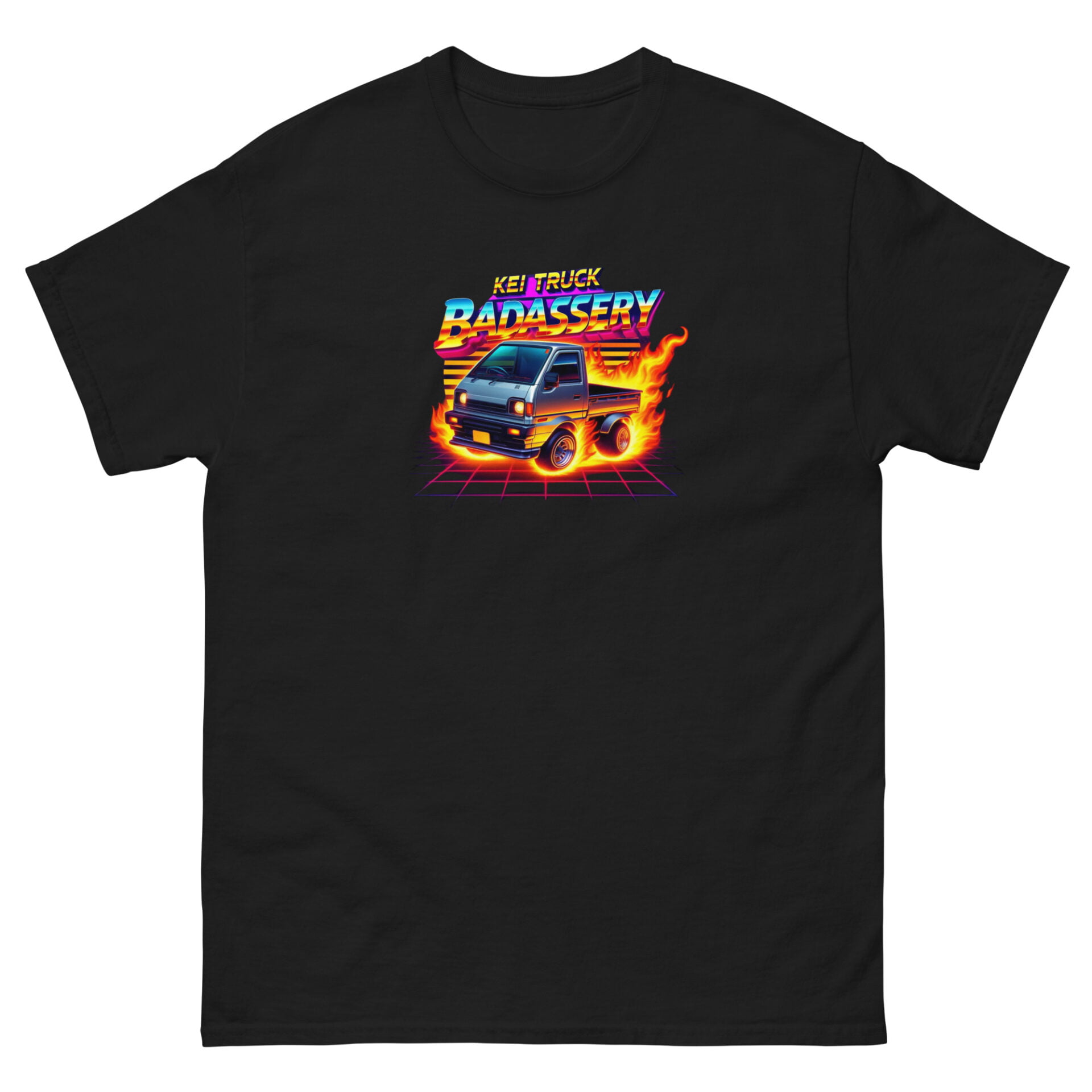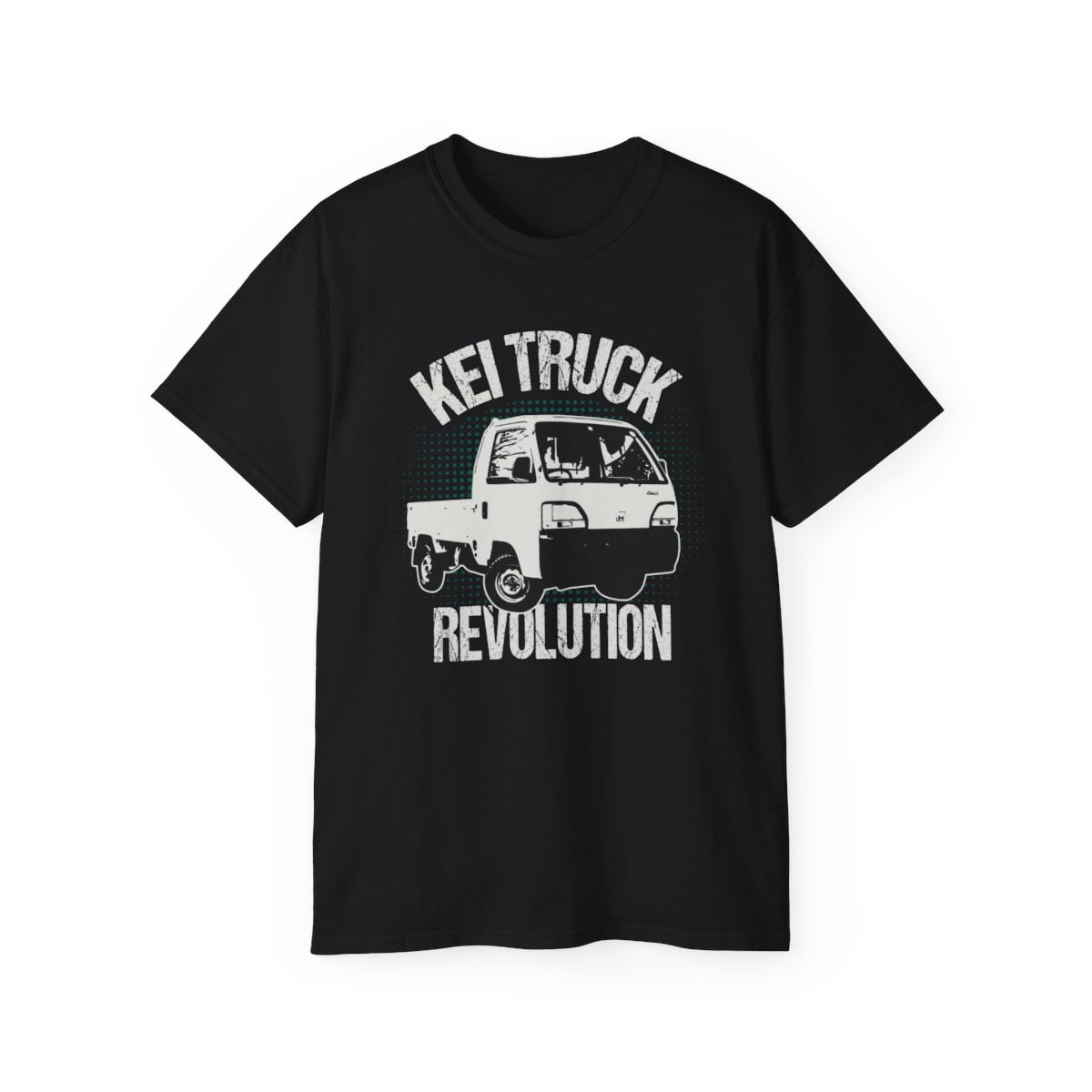A humble, small-scale titan of transportation—the Kei truck stands as an enduring symbol of efficiency and adaptability. Born out of necessity in post-war Japan, these miniature yet mighty trucks have had a remarkable journey, overcoming the challenges of evolving market demands and legislations. In this article, we’ll explore the fascinating history of the Kei truck, looking at its birth, evolution, global impact, and future potential. You’ll see how these tiny vehicles have profoundly influenced the automotive landscape, from agricultural fields to the heart of bustling cities. You’ll get to know these micro-movers that haven’t only redefined the notion of small, lightweight vehicles but continue to adapt and evolve to meet the future needs of transportation. The story of the Kei truck is a testament to the power of innovation and agility in the world of automotives.
Table of Contents
The Inception of Kei Trucks
What is a Kei Truck?
A Kei truck, or kei-tora for short, is a compact, agile, and impressively load-bearing vehicle that originated in Japan. These micro-sized titans are a subcategory of Kei cars, small vehicles that are cheaper to run than regular vehicles due to certain tax and insurance regulations in Japan. Kei trucks can carry nearly 350 kg (770 lb) and are widely used in agriculture, fisheries, construction, and even firefighting. They’re known for their small engine capacity, typically around 660cc, and their ability to reach speeds of up to 80 km/h (50 mph).
The History of the Kei Truck
The Kei car concept, which later led to the creation of Kei trucks, emerged in post-World War II Japan as a response to the need for lightweight and affordable vehicles. These regulations were introduced to stimulate the economy and provide transportation options for everyone. The initial design specifications of Kei trucks included engine capacities of 150 cc four-stroke engines or 100 cc two-stroke engines. These specifications were later revised to 300 cc and 200 cc respectively, and eventually increased to 360 cc and 240 cc. In 1990, engine capacity caps were lifted to 660 cc, allowing for more power and improved performance.
Kei trucks first appeared in Japan in 1949, evolving from three-wheel trucks based on motorcycles that were popular in post-World War II Japan. The size of Kei trucks is a result of Japanese tax laws, as smaller vehicles are taxed less. This made them an affordable option for everyone, and they quickly gained popularity.
The Role of Kei Trucks in Post-War Japan
Kei trucks played a significant role in post-war Japan, particularly in rural areas where they were used for carrying shopping, timber, and food for livestock. Their small size and maneuverability made them ideal for navigating narrow streets and congested traffic, making them a popular choice in urban areas as well.
Major Japanese automakers such as Suzuki, Daihatsu, Honda, Subaru, Mitsubishi, and Mazda have contributed iconic models to the Kei truck segment. These manufacturers have continuously evolved the design and features of Kei trucks to meet the changing needs and preferences of consumers.
Kei trucks have expanded in popularity beyond Japan to other countries and continents. They’ve been exported to markets such as South Korea, Indonesia, and the United States. In the US, used Kei trucks are often imported and used for various purposes such as campus maintenance, landscape and property maintenance, and small-business transportation.
Despite their success, Kei trucks face future challenges and adaptations in the form of environmental regulations. As governments implement stricter emissions standards, Kei truck manufacturers are adapting by introducing electric models. These electric Kei trucks offer a more sustainable and environmentally friendly alternative to traditional gasoline-powered vehicles.
Evolution of Kei Trucks Designs
Kei Trucks in the 1960s
The Subaru 360, produced from 1959 until 1962, was the first Kei truck to hit the market. These vehicles were a direct evolution from three-wheeled trucks based on motorcycles, which were prevalent in Japan before the war.
Modernization of Kei Trucks in the 1970s
The 1970s saw a shift in the Kei truck landscape. The Japanese government began to withdraw the benefits offered by Kei cars, implementing strict emissions regulations. This led to a contraction in the market, but it also spurred manufacturers to innovate and adapt. Despite these challenges, Kei trucks remained a popular choice due to their utility in navigating densely populated areas and their cost-effectiveness.
Designs from 1980s to Present
From the 1980s to the present day, the design and specs of Kei trucks have continued to progress. Manufacturers began using forced induction to increase power, while still adhering to the 64 hp restriction imposed by authorities to maintain clean air. Today, despite their compact size and engine displacement, most Kei trucks can carry a bed load of nearly 350 kg (770 lb), making them a versatile choice for various commercial and personal purposes.
Factors Influencing the Evolution of Design
Several factors have influenced the evolution of Kei trucks’ design. Japanese tax laws, which favor smaller vehicles, have played a significant role in shaping the dimensions of Kei trucks. Urbanization and the need for vehicles that can navigate densely populated areas have also contributed to their popularity and design evolution. Furthermore, environmental regulations have pushed manufacturers to innovate and develop more sustainable models, such as electric Kei trucks.
Looking ahead, Kei trucks face challenges from environmental regulations, but there’s potential for adaptation in the form of electric models. For instance, the Mitsubishi i, launched in 2006, is a Kei car converted into an electric vehicle. This shows the potential for Kei trucks to adapt and evolve in response to changing needs and regulations.
Kei trucks have left a lasting mark on the automotive landscape. They’ve played a key role in providing affordable and efficient transportation options, particularly in densely populated areas. Their continued evolution and adaptation to changing regulations and market demands ensure their ongoing relevance.
Legislation Impacting Kei Trucks
Legal Implications within Japan
The Kei truck, a product of post-World War II Japan, was a consequence of the implementation of lightweight car regulations. These rules were designed to boost the economy by offering cost-effective and fuel-efficient vehicles to a nation in recovery. The Kei truck class outlines a maximum size and displacement, which has significantly grown since the legislation first permitted the type in 1949. The 1998 law stipulates a maximum length of 3.4 m, a maximum width of 1.48 m, and a maximum height of 2.0 m with a maximum displacement of 660 cc.
Kei trucks have seen immense success in Japan, accounting for over one-third of domestic new-car sales in fiscal 2016. However, a 50% increase in the Kei-car tax by the government in 2014 led to a decline from a record 40% market share in 2013.
The Kei Truck’s Transition to the Global Market
In some regions, Kei trucks have discovered niche markets for specific uses such as off-road activities, farming, and recreational pursuits. Used models first surfaced in the US, typically employed by farmers and hunters. The progressive tax on used vehicles in Japan ensures that many of the trucks arrive in excellent condition with very low mileage.
In South East Asian countries, many Kei trucks and vans have been repurposed as a form of public transportation known as “jeepneys”. These are refurbished Japanese-market Kei vehicles, modified to meet local requirements by various companies.
Current Legal Status of Kei Trucks Worldwide
If you’re considering importing a Kei truck into the U.S., you’ll need to file a formal entry or an informal entry, depending on the value of the shipment. For shipments worth less than $2500, an informal entry isn’t necessary. You can simply visit the Customs office at the port the cargo is entering and request guidance on how to do an informal entry. The vehicle exporter plays a crucial role in the import process, as they’ll organize transportation of the vehicle to the port and manage the necessary paperwork.
However, due to lobbying by Mercedes-Benz of America, Congress passed laws that mandate the EPA and DOT to limit the import of non-US origin vehicles unless they comply with U.S. safety and environmental standards. Fortunately, there’s a 25-year-old exemption for “classic vehicles”. If a vehicle is 25 years or older from the date of manufacture (month and year) it can legally be imported into the U.S. without having to meet DOT standards (21 years for EPA standards).
While street legal in Japan, Kei trucks generally possess the standard equipment required for US roadways such as seat belts, approved lighting (headlamps, tail lights, reverse and brake lights, turn signals), horn and US standard “AS1/AS2” safety glass; they must pass state safety inspections where required. Some controversy has arisen regarding their use on US roadways, largely instigated by an outdated report by the nonlegislative Government Accountability Office (GAO). The report, issued in 2011, raised concerns about the safety and emissions compliance of Kei trucks.
The Future of Kei Trucks
Kei trucks have come a long way since their inception, adapting to the shifting dynamics of the automotive industry.
Sustainability and Kei Trucks
In the face of increasing global environmental consciousness, Kei trucks are stepping up to the plate. Suzuki and Daihatsu are pioneering the development of electric models, offering a zero-emission solution that aligns with global sustainability goals.
Influence of Technological Advancements
Technological progress has been instrumental in the evolution of Kei trucks. From their humble beginnings, these vehicles have grown to accommodate larger engine capacities and dimensions, thanks to technological advancements and consumer demands.
Emerging companies like Telo and Canoo are also making their mark in the compact truck segment, developing new, fully-electric models. These innovations not only enhance the capabilities of Kei trucks but also contribute to their sustainability efforts.
Market Trends Impacting Future Developments
Market trends are shaping the future of Kei trucks. In the United States, these vehicles have found a new lease of life as they reach the age where they can be legally imported and registered. Their compact size and maneuverability make them popular alternatives to larger pickups in both rural and urban settings.
Furthermore, the growing demand for smaller trucks is prompting other car makers like Ford to introduce compact pickup truck models. Kei trucks, with their affordability and versatility, are well-positioned to capitalize on this trend.
While Kei trucks have yet to pose a significant threat to the established players in the US truck market, their increasing popularity suggests a bright future.
Kei trucks will continue to evolve and adapt to meet modern-day challenges and regulations. Their enduring significance in the automotive landscape is a testament to their versatility and adaptability.
Paving the Future: The Unstoppable Progress of Kei Trucks
Kei trucks have had a transformative journey, from aiding Japan’s post-WWII recovery to becoming a global phenomenon. They’ve shown resilience and adaptability, evolving alongside changes in our societal needs, laws, and environmental consciousness.
Technical advancements and innovative designs have allowed these automotive stalwarts to meet our ever-increasing demands in a changing world. The introduction of electric models shows promise for a sustainable future, while their versatility ensures they’ll remain indispensable in various sectors.
As a testament of Japanese craftsmanship and ingenuity, Kei trucks will continue to leave imprints on the global automotive landscape while serving as a lifeline for businesses and individuals like us. Their journey serves as a reminder that sometimes, the greatest strength can be found in the smallest packages.

